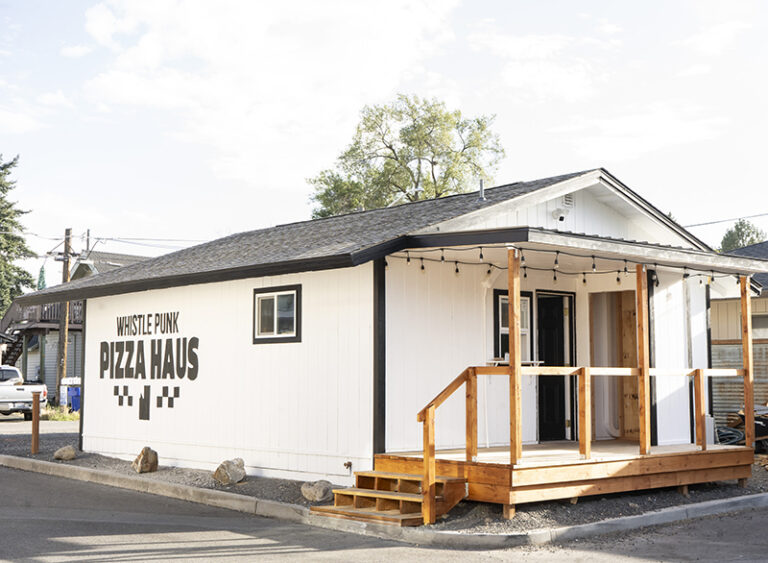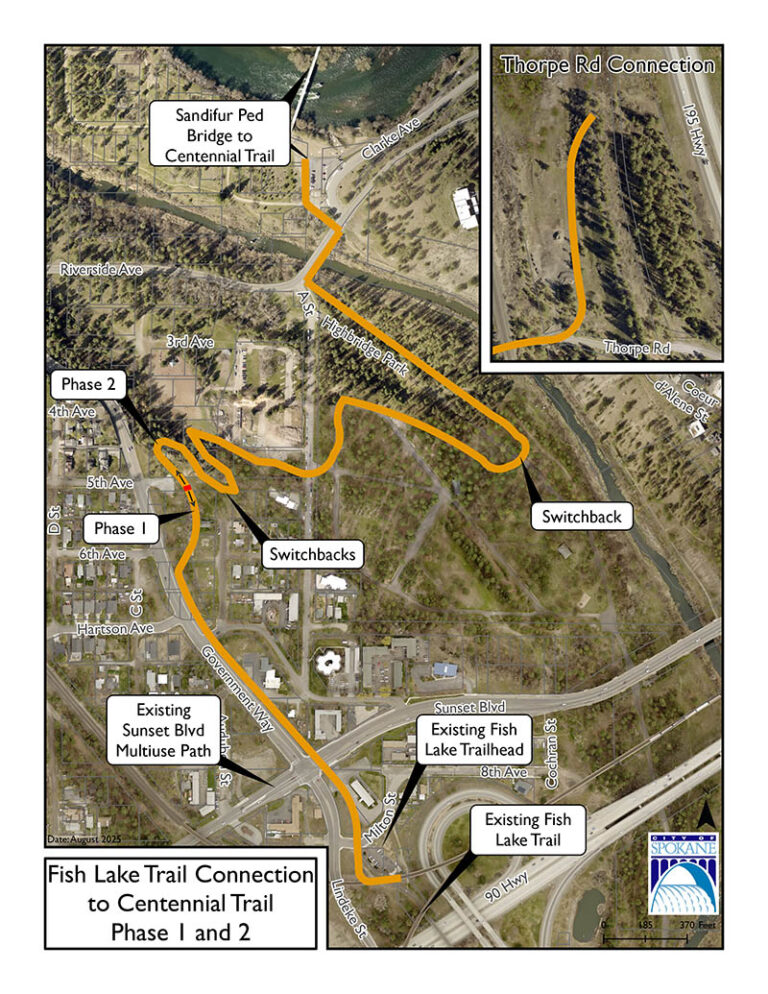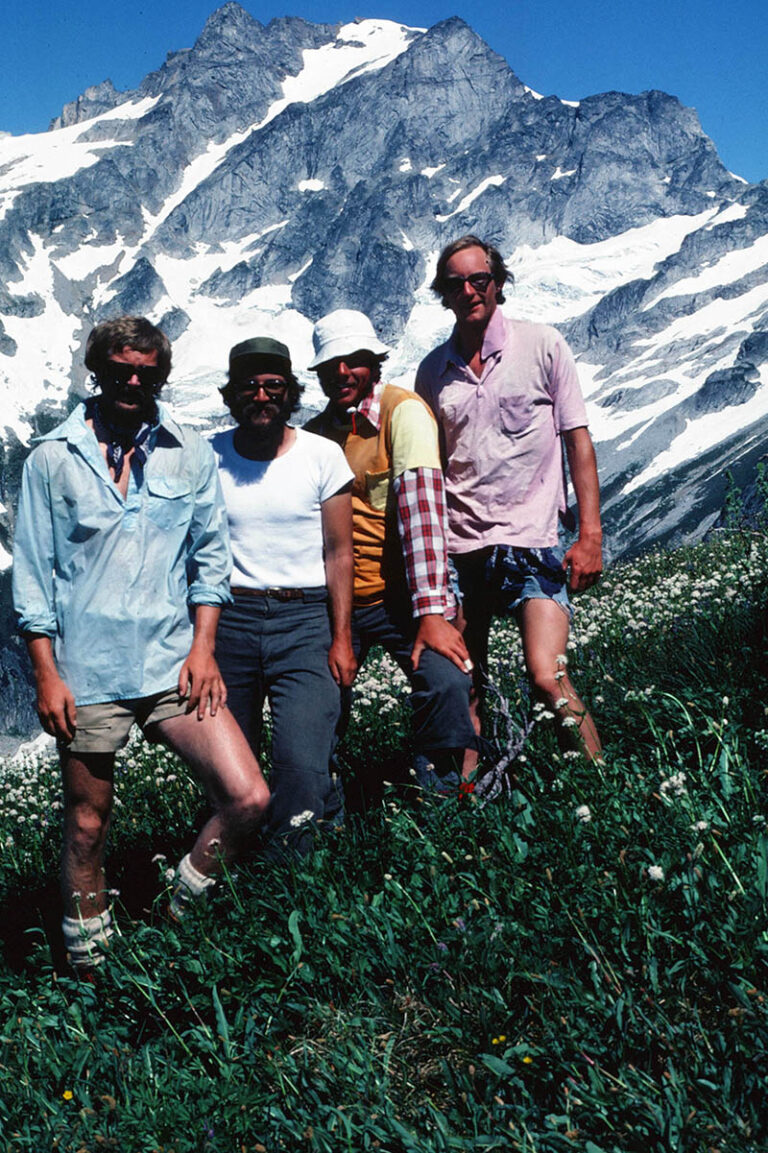Take a few road bikes, add a looped hiking trail, preferably one with a few logs across it or short, steep hills, and mix it all together with some drunken pre-WWII Frenchmen who aren’t ready to give up on the summer cycling season, and you have the invention of cyclocross. As local cyclocross competitor Jake McBurns describes the race, in which bikers compete to make the most laps in a set amount of time around a rough-surface track including several 12″-16″ barriers or hills that force a dismount and portage, “it’s the display of physical fitness and technical ability on a bike.” Racers slop through ice, mud and snow during the fall season, so, Mr. McBurns, what’s your cyclocross survival gear?
Bike: The Elephant – a steel, “classic” frame made by McBurns’ friend and local bike connoisseur, Glen Copus. The material harkens back to the original off-road road-biking nature of the sport, and McBurns gets a little more forgiveness out of his steel frame with a carbon fiber front fork. Cross bikes have no shocks, and in cyclocross, you switch your brakes so that when you dismount on the left side to portage, you can keep the bike balanced because the rear brake handle is on the left handlebar, instead of on the right.
Pedals: New Crank Bros. Candies, which have a platform. “You get tired, and sometimes I just miss the pedals.”
Shifters: McBurns rides a nine-speed Shimano 105 shifting system, but he’s “going up to ten as soon as the parts get here” from Sram.
Wheels: Ritchey Zeros. “Wheels are really important because they’re bigger than mountain bike wheels, but you’re treating them the same so they need to be strong, and also very light.”
Tires: “A lot of people use tubular tires – they’re lighter and you can ride them with lighter pressure for more traction,” but McBurns uses Clinchers. “I try to get a midline quality – one with a lot of traction, but one I can also roll very easily with little friction.”
Handlebars: Bell Laps. “They have lateral flare and they’re really comfortable when you’re on the drops.”
Seat: “The seat, like the pedals, is a total personal preference – just make sure it’s comfortable.”
Shoes: “My shoe collection is all in cycling shoes.” For cyclocross, you need mountain bike shoes with cleat systems, “so when you’re running up hill you can really dig in.” McBurns prefers Sidi and Northwave shoes.
Helmet: “It just has to fit. They’re almost disposable because you can crash and then they’re worthless, so I tend not to get attached to my helmet as I do to my bike.”
Clothing: Skin suits are big in cyclocross, according to McBurns. “You want to be slick.” You generate a lot of heat in cyclocross, so you don’t need to wear much, but McBurns keeps his hands warm with Pearl Izumi long finger gloves and Defeet wool socks.
Accessories: McBurns eschews most accessories, including a watch and water bottles. “If you have it on in cross, it’s just going to get broken.” Occasionally, he’ll wear Smith District sunglasses.
“Ice and snow are wonderful for the racing,” McBurns said, but “part of the joy of cross is the spectators,” so keep an eye on the calendar for your chance to catch McBurns in his skin suit and fogged up sunglasses.
“If you like being fit, if you like a challenge, I’d encourage anyone who bikes to try it”
“I have a really nice road bike and a really nice mountain bike, but my cross bike is just the most fun to ride. I take it out in the harshest weather – it’s my pal.”













